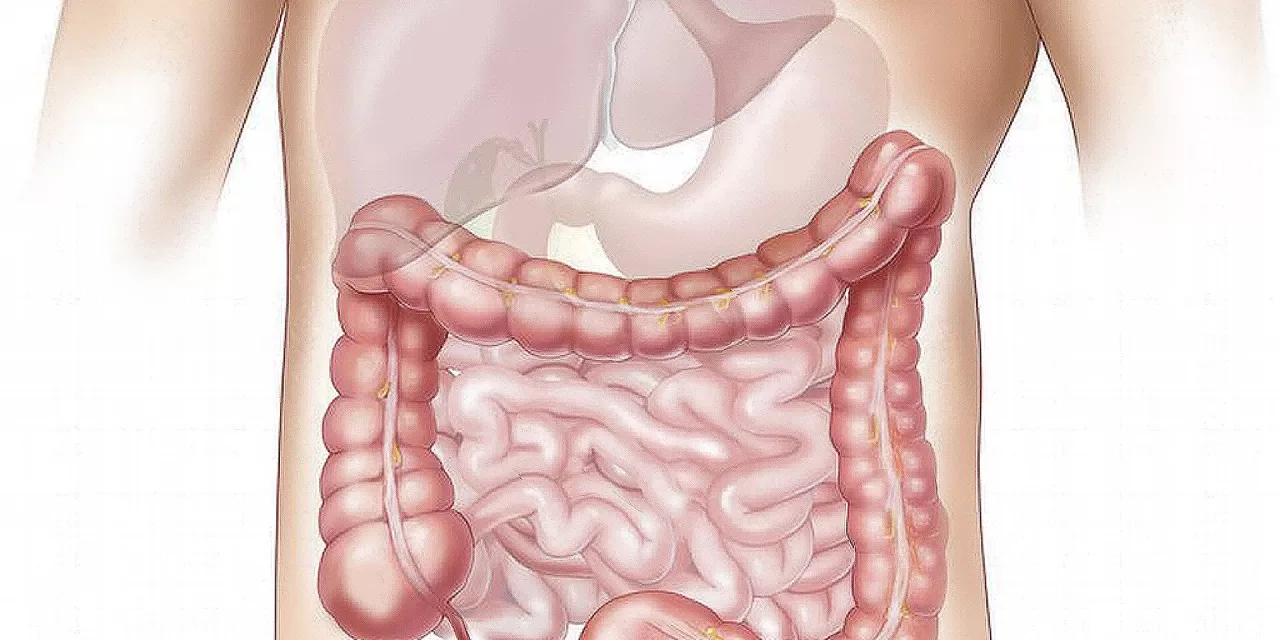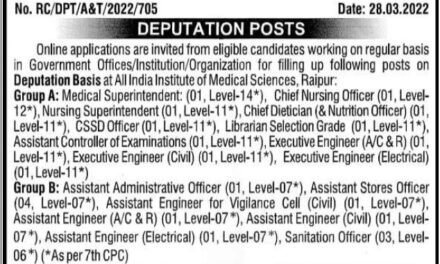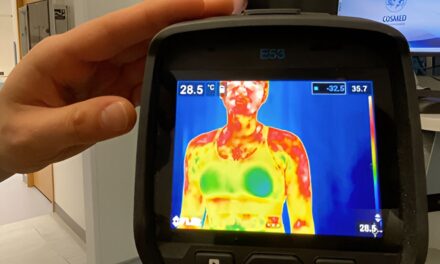Many of us focus on eating nutritious foods, but have you ever considered how fast your food moves through your digestive system? The speed at which food travels through your gut—known as gut motility—plays a crucial role in your overall health and well-being.
The Journey of Food Through the Gut
Once food is consumed, it embarks on a journey through the gastrointestinal (GI) tract. Along the way, it encounters specialized organs responsible for digestion, nutrient absorption, and waste elimination. The stomach breaks down food, the small intestine absorbs nutrients, and the large intestine processes water and salts.
Gut motility is partially regulated by the trillions of bacteria in our gut microbiome. These microorganisms aid digestion, support the immune system, and influence gut movement. In return, they produce beneficial metabolites that help maintain gut health. Without these helpful bacteria, food transit could slow down, leading to constipation and digestive discomfort.
Understanding Gut Transit Time
Gut transit time refers to the duration food takes to travel from ingestion to elimination. Studies suggest this can range from 12 to 73 hours, with an average of 23–24 hours. Individual differences in gut microbiomes contribute to variations in transit time, affecting digestion and overall health.
Several factors impact gut transit time, including genetics, diet, and gut bacteria composition. A slower transit time can lead to bacterial shifts, potentially resulting in the production of harmful gases that cause bloating and inflammation. Additionally, sluggish digestion can allow undigested food to accumulate in the small intestine, leading to bacterial overgrowth and discomfort.
Conversely, a rapid gut transit time can lead to inadequate nutrient and water absorption. Conditions such as anxiety, irritable bowel syndrome (IBS), and inflammatory bowel disease (IBD) can contribute to faster digestion, sometimes resulting in dehydration and diarrhea.
Testing Your Gut Speed at Home
A simple at-home test, known as “the sweetcorn test,” can help assess gut transit time. The process involves avoiding sweetcorn for 7–10 days, then consuming a portion and tracking its appearance in stool. Since the outer shell of corn is indigestible, it remains visible in the stool, serving as a natural marker for digestion speed.
- Fast gut transit: Corn appears in 12 hours or less.
- Slow gut transit: Corn takes 48 hours or more to pass.
While this test offers a general estimate, it is not a definitive diagnostic tool. If transit time appears excessively fast or slow, or if additional symptoms such as bloating, pain, or nausea occur, consulting a healthcare professional is recommended.
How to Maintain a Healthy Gut Transit Time
For those experiencing slow digestion, incorporating more fiber-rich fruits and vegetables, increasing water intake, and engaging in regular physical activity can help regulate bowel movements. If transit time is consistently rapid, a medical evaluation may be necessary to identify underlying causes and prevent potential nutrient deficiencies.
Maintaining a balanced diet and staying hydrated are key strategies for supporting digestive health and ensuring optimal gut function.
Disclaimer: This article is for informational purposes only and does not constitute medical advice. If you experience persistent digestive issues, consult a healthcare professional for a proper diagnosis and treatment plan.











